|
|
|
|
|
|
|
|
Photo Gallery for Coluber constrictor - North American Racer
| 123 photos are available. Only the most recent 30 are shown.
|
 | Recorded by: K. Sanford
Bertie Co.
Comment: |  | Recorded by: J. Mickey
Wilkes Co.
Comment: |
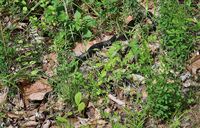 | Recorded by: J. Mickey
Wilkes Co.
Comment: | 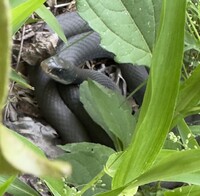 | Recorded by: Matt Perry
Surry Co.
Comment: |
 | Recorded by: C. Hinson, C. Eure, J. Turner, A. Brown
Gates Co.
Comment: |  | Recorded by: J. Mickey
Surry Co.
Comment: |
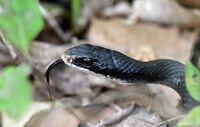 | Recorded by: J. Mickey
Surry Co.
Comment: | 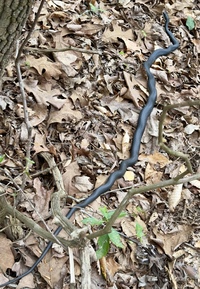 | Recorded by: Matt Perry
Yadkin Co.
Comment: |
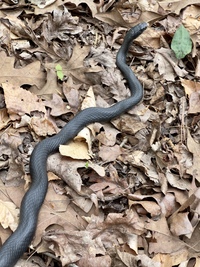 | Recorded by: Matt Perry
Yadkin Co.
Comment: | 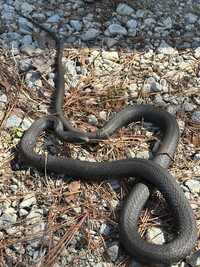 | Recorded by: R. Browder
Wayne Co.
Comment: |
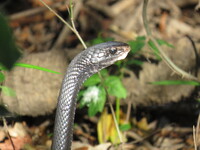 | Recorded by: B. Bockhahn
Duplin Co.
Comment: | 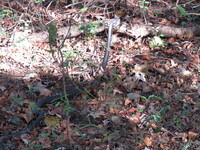 | Recorded by: B. Bockhahn
Duplin Co.
Comment: |
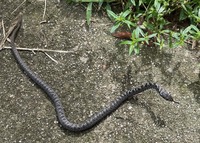 | Recorded by: Tom Howard
Wake Co.
Comment: |  | Recorded by: Andrew W. Jones
Polk Co.
Comment: |
 | Recorded by: Andrew W. Jones
Polk Co.
Comment: | 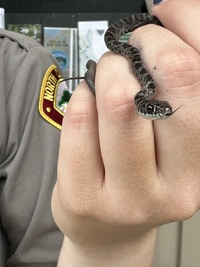 | Recorded by: R. Browder
Wayne Co.
Comment: |
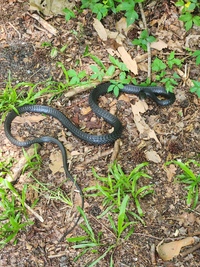 | Recorded by: K. Sanford
Camden Co.
Comment: |  | Recorded by: J. Mickey
Wilkes Co.
Comment: |
 | Recorded by: Caleb Garner
Wake Co.
Comment: |  | Recorded by: Erich Hofmann and Kayla Weinfurther
Brunswick Co.
Comment: |
 | Recorded by: Andrew W. Jones
Polk Co.
Comment: |  | Recorded by: Andrew W. Jones
Polk Co.
Comment: |
 | Recorded by: J. Mickey
Wilkes Co.
Comment: |  | Recorded by: J. Mickey
Wilkes Co.
Comment: |
 | Recorded by: K. Bischof, S. Hill, M. Briley
Transylvania Co.
Comment: |  | Recorded by: J. Mickey
Wilkes Co.
Comment: |
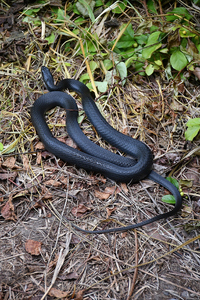 | Recorded by: J. Mickey
Wilkes Co.
Comment: |  | Recorded by: A. Ledford
Wake Co.
Comment: |
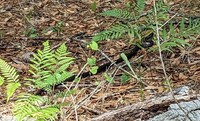 | Recorded by: Erich Hofmann
Columbus Co.
Comment: | 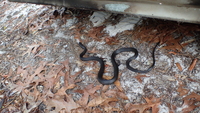 | Recorded by: Erich Hofmann
New Hanover Co.
Comment: |
|

 »
» 

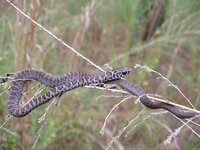


 »
» 


